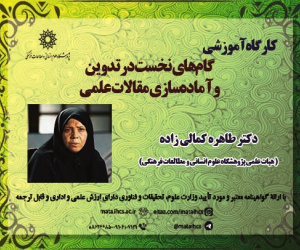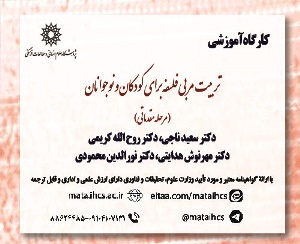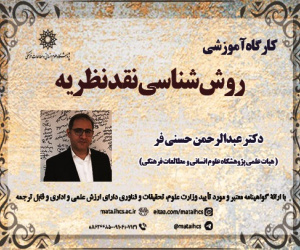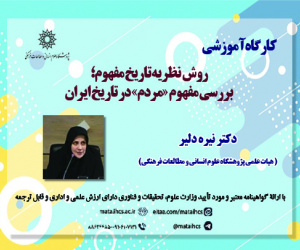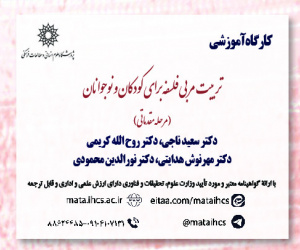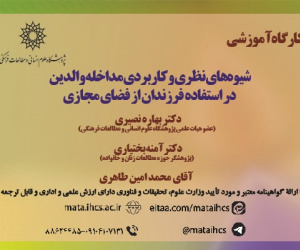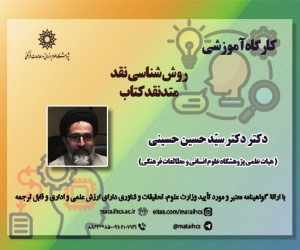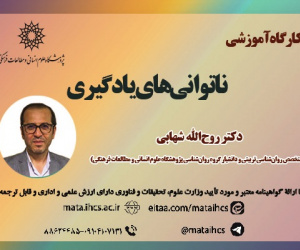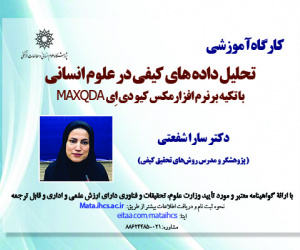طراحی مدل استقرار اثربخش حسابرسی فناوری اطلاعات در سازمان تأمین اجتماعی
آرشیو
چکیده
در عصر حاضر فناوری اطلاعات و سازوکارهای آن با شعاع بیشتری در امور حسابرسی آمیخته شده است. به رغم توجه کافی به موضوع حسابرسی فناوری اطلاعات در کشورهای مختلف، استقرار اثربخش آن در سازمان تأمین اجتماعی مغفول مانده است، لذا هدف پژوهش حاضر طراحی مدل استقرار اثربخش حسابرسی فناوری اطلاعات در سازمان تاًمین اجتماعی است. این پژوهش به لحاظ هدف کاربردی بوده و از نوع پژوهش های آمیخته (کیفی-کمی) است. در بخش کیفی، اطلاعات با استفاده از مصاحبه نیمه ساختار یافته با 20 نفر از متخصصان و خبرگان حوزه حسابرسی فناوری اطلاعات در سطح دانشگاهی و اجرائی که از طریق نمونه گیری گلوله برفی انتخاب شده اند، جمع آوری شد. همچنین اطلاعات در بخش کمی نیز اطلاعات با استفاده از پرسش نامه محقق ساخته با 38 گویه از 56 نفر از حسابرسان مؤسسه حسابرسی تأمین اجتماعی جمع آوری شد که از طریق نمونه گیری در دسترس انتخاب شده اند. نتایج پژوهش نشان داد که در راستای اجرای اثربخش حسابرسی فناوری اطلاعات در سازمان تأمین اجتماعی، عوامل زیرساختی در رتبه اول، عوامل فرهنگی و انسانی در رتبه دوم و عوامل زمینه ای در رتبه سوم قرار دارند. در مجموع پذیرش چارچوب مناسب راهبری فناوری اطلاعات مبتنی بر کوبیت یا استانداردهای ایزو همچون ایزو 27001 و نظارت دوره ای بر اجزای فناوری اطلاعات به طراحی حسابرسی کمک می کند.Designing an Effective Deployment Model of Information Technology Audit in the Social Security Organization
Nowdays, information technology and its mechanisms are more widely integrated in auditing operations. Despite paying enough attention to the issue of IT audit in different countries, its effective deployment in the social security organization has been neglected, so the purpose of this research is to design a model for the effective implementation of information technology audit in the social security organization. This research is applied research method and is mixed research method (a combination of qualitative and quantitative data) by considering the nature and data collection. The statistical population in the qualitative section includes 20 experts from IT auditing fields, who were selected using snowball sampling purposively method and in the quantitative section include all auditors of social security audit institute from which a sample of 56 people has been selected. The main data collection tools included a semi-structured interview (in the qualitative section) and a researcher-made questionnaire of 38 items based on a five-point Likert scale (in the quantitative section). The results of Friedman's test showed that infrastructural factors are in the first place, cultural and human factors are in the second place, and background factors are in the third place. In general, the adoption of the appropriate IT governance framework based on Cobit or ISO standards such as ISO 27001 and periodic monitoring of IT components helps to design the audit.
